Tom's Guide Verdict
Get the ZenFone 6 if you want premium smartphone features and amazing battery life in a device that costs less than $500. But Google's Pixel 3a XL offers a better camera.
Pros
- +
Epic battery life
- +
Performance matches more expensive Android flagships
- +
Innovative camera setup
- +
Sub-$500 price tag
Cons
- -
So-so display
- -
Delay switching to selfie cam
- -
Phone feels heavy
- -
Frustrating button layout
Why you can trust Tom's Guide
Global sales of smartphones may be slumping, but that's working out pretty well for folks like you and me. Phone makers, desperate to get us to buy their devices, are increasingly cranking out models that offer as many premium features as possible without also driving up the price so high that it turns off would-be customers. Asus' latest flagship phone, the ZenFone 6, fits squarely in this category of aggressively priced premium handsets, and it's one of the best unlocked phones you can buy.
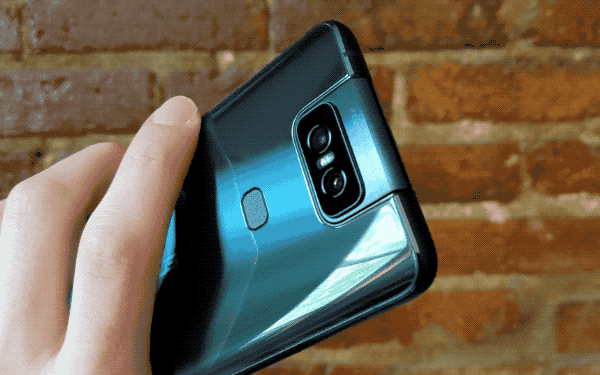
| Price | $499 |
| OS | Android 9 Pie with ZenUI 6 |
| Screen Size (Resolution) | 6.4-inch full HD+ LCD |
| CPU | Qualcomm Snapdragon 855 |
| RAM | 6GB; up to 8GB |
| Storage | 64GB; up to 256GB |
| Expandable Storage | Yes; up to 2TB |
| Front/Rear Camera | Dual: 48-MP wide angle (ƒ/1.79); 13-MP ultra wide angle |
| Battery Size | 5,000 mAh |
| Size | 6.26 x 2.95 x 0.33 inches |
| Weight | 6.73 ounces |
ZenFone 6 Price and Availability
The ZenFone 6 is now available to order in the U.S., where you can buy the base model (6GB of RAM, 64GB of storage) for $499. In addition to Asus' store, you can get the phone at Amazon, B&H and Mobile Advance. B&H lets you opt for the 128GB configuration for an extra $100. Asus also makes models with 8GB of RAM and 256GB of storage, though we're not seeing those on sale as of this writing. (A microSD slot lets you expand storage to 2TB on the phone if you're so inclined.)
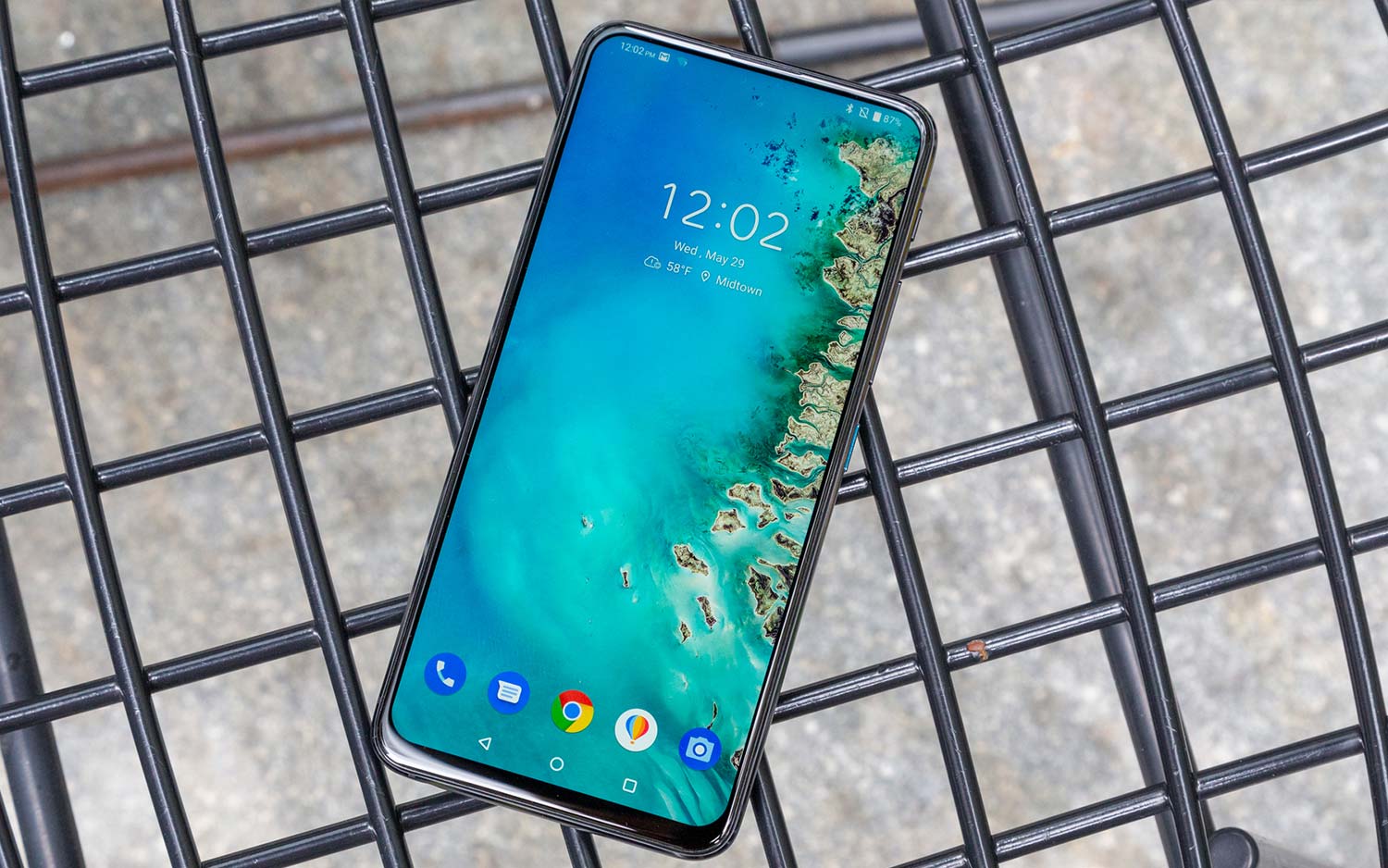
The ZenFone 6 is available unlocked. It only works with GSM-based carriers like AT&T and T-Mobile as well as the many prepaid and discount carriers that use those companies' networks.
Design: All about the swivel camera
It's impossible to talk about the ZenFone 6 without first addressing that camera since it influences just about every part of the phone's design. By having a camera serve double-duty for both standard photos and selfies, Asus can offer a full-screen display free of all but the slightest of bezels, with nary a notch or punch hole in sight.
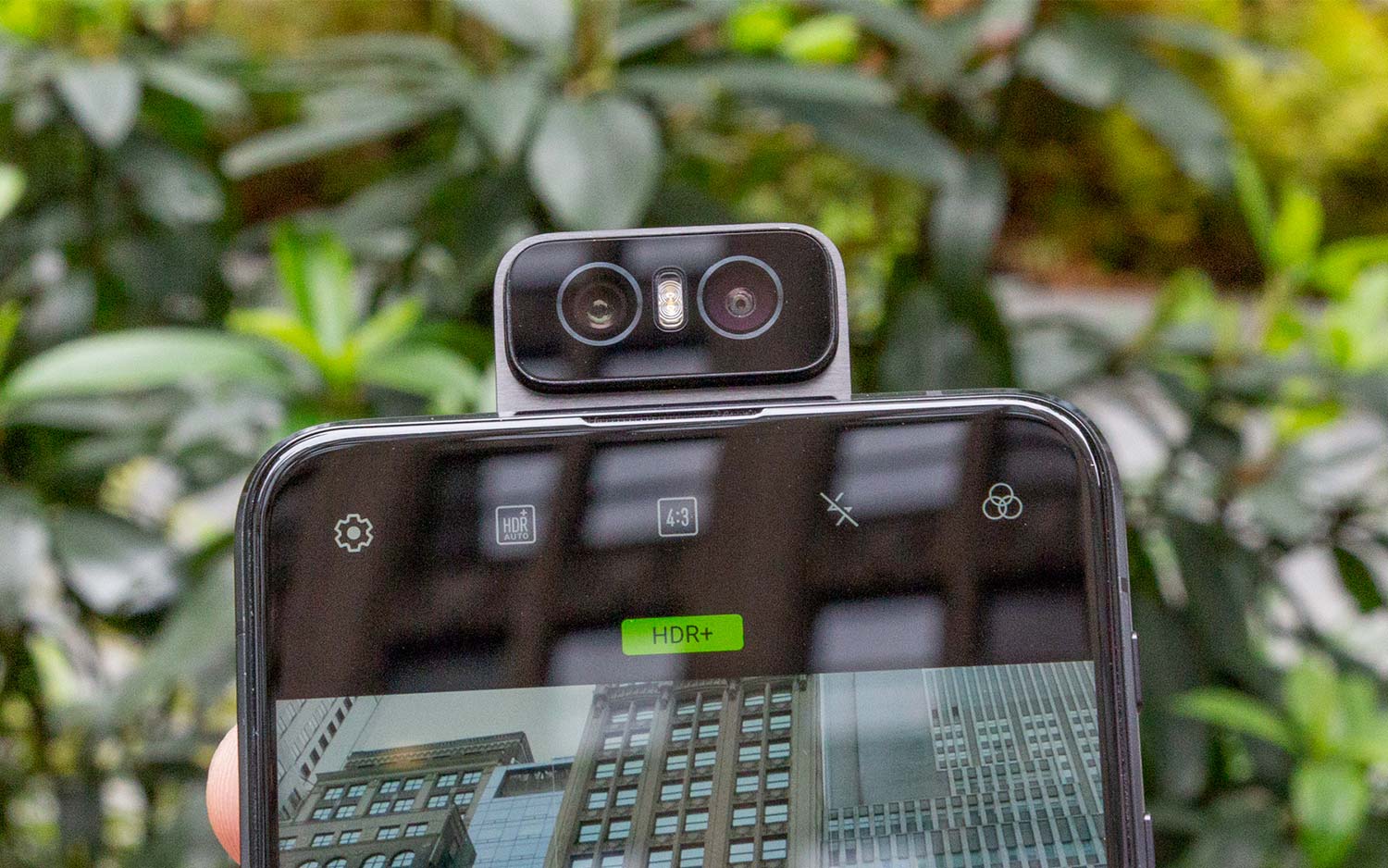
But to combine the front and rear camera into a single module that swivels around to wherever it's needed, you give up some spontaneity. To switch the camera from rear to selfie mode, you launch the camera app and tap an on-screen button.
It takes a couple of seconds for the camera to pop-up, which may not seem like much, but it’s a delay you don’t have with a more conventional camera setup. (You can also drag the button to move the camera up and down to get the best angle, but that takes even longer — about 5 seconds for the camera to rise up off the back of the phone and snap into place.) None of that will matter for posed self-portraits, but it also means you'll be lucky to capture those "in the moment" shots.
MORE: Best Smartphones - Here Are the 10 Best Phones Available
Because the dual-lens array sits in the middle of the phone, I find that it's exactly where I place my fingers when I'm gaming in landscape view, so I fear that I'll smudge the lenses more than I would with other smartphones.

The ZenFone 6 features Corning's Gorilla Glass 6 up front, along with a glass black where you'll find the fingerprint reader just above the Asus logo. (That logo's in an eye-catching blue on the Midnight Black model I tested; you can also get the phone in Twilight Silver.) The glass design gives the ZenFone 6 a heavy feel — it outweighs the 5.9-ounce Pixel 3a XL.
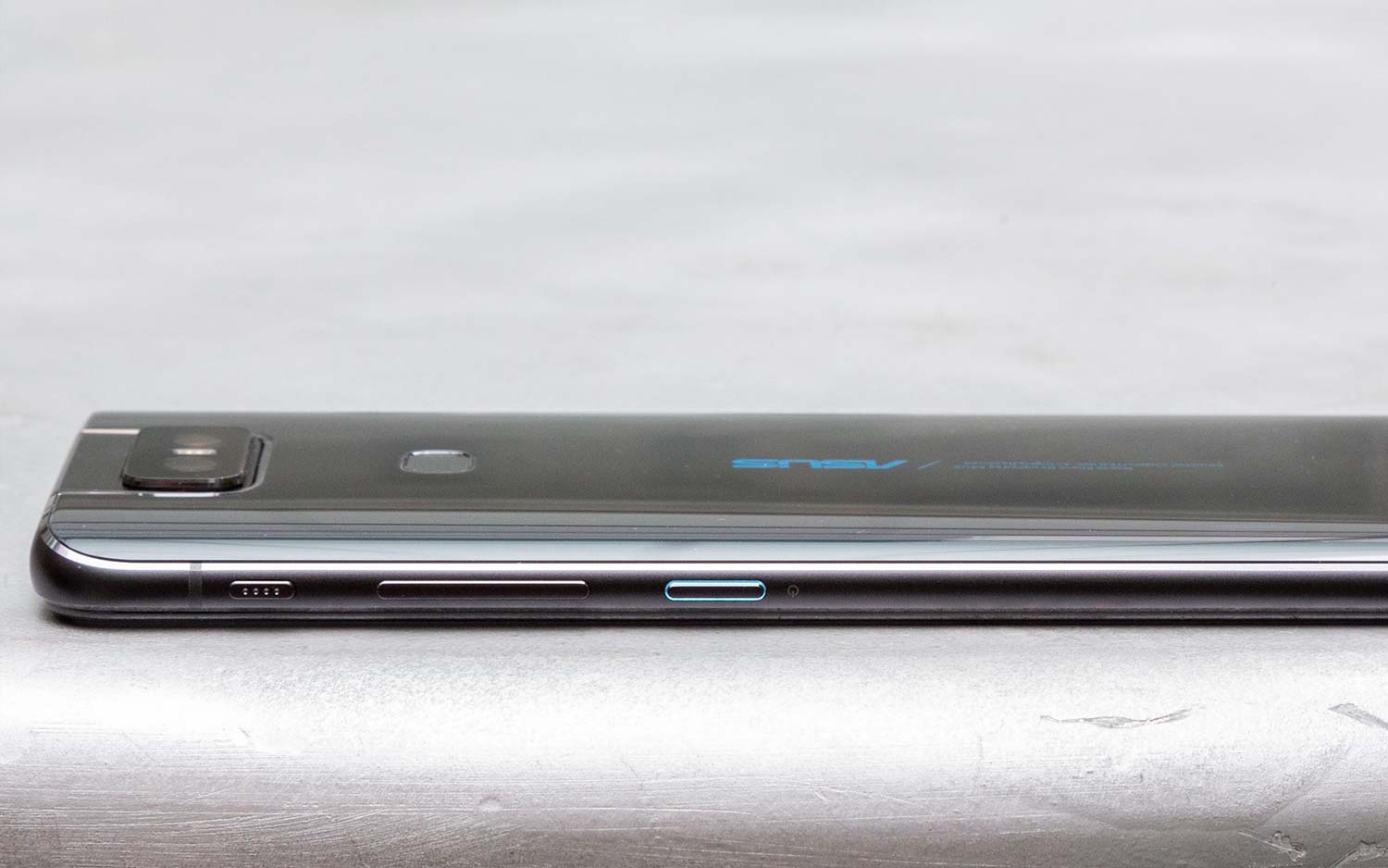
The physical buttons for controlling the phone live on the right side of the ZenFone 6. From top to bottom, you get a Smart Key that launches Google Assistant or triggers other shortcuts, the volume rocker and the power button. I'm not a fan of stacking the buttons this way. Perhaps with more time to use the phone, I'd train myself not to hit the Smart Key when I really want to put the phone to sleep, but that day has not yet come.
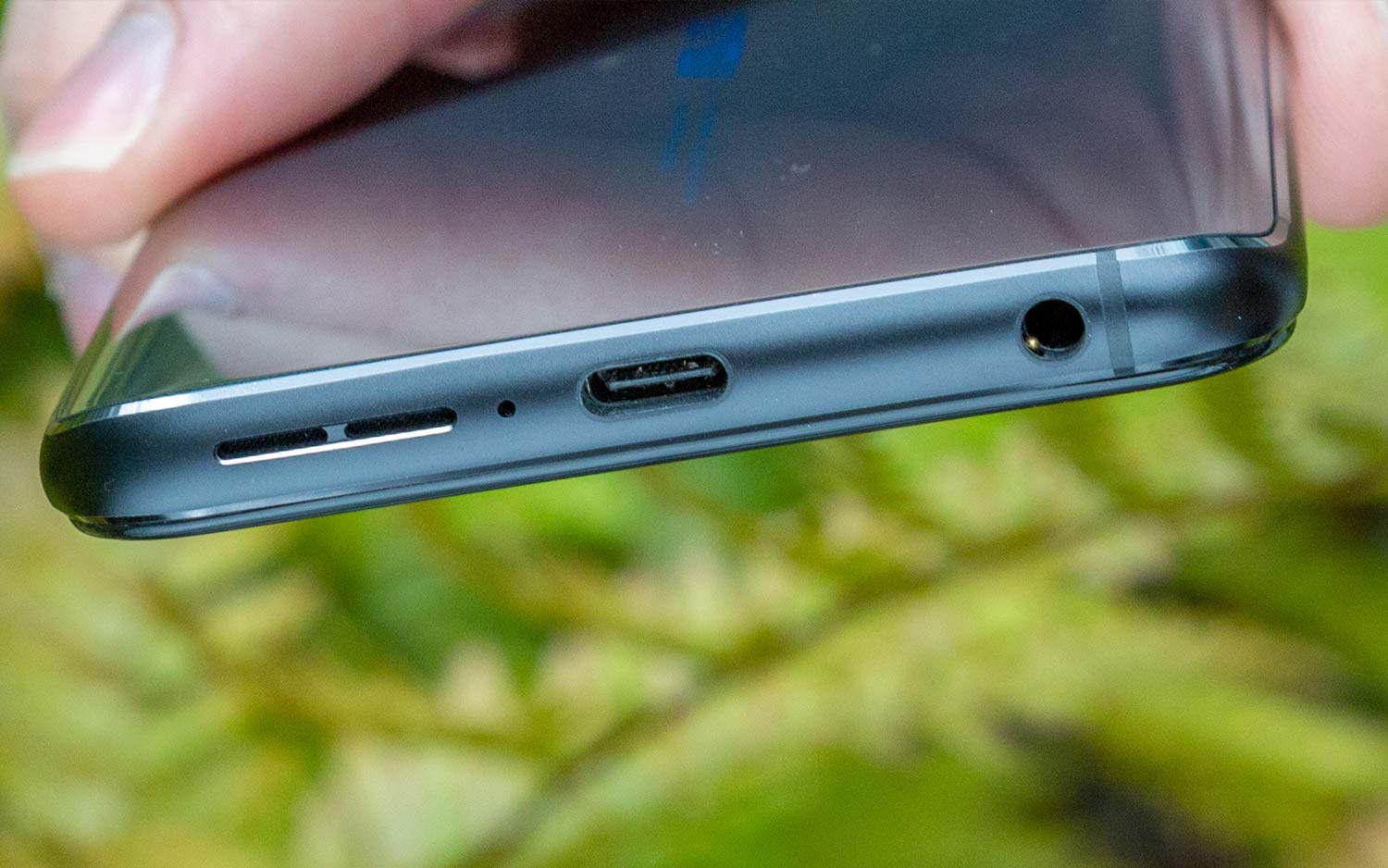
Asus put speakers on the top and bottom of the phone and they handle audio well, though high notes like the guitar riff that opens Creedence Clearwater Revival's Up Around the Bend sound a little distorted. The bigger problem with the speakers is that you run the risk of covering them when playing games in landscape mode, which can muffle the sound on first-person shooters and other action games.
Display: The limits of LCD
Since the company freed up all that screen space by removing a dedicated front camera, it made the most of the extra real estate in the ZenFone 6. The 6.4-inch LCD panel is enormous, and its 92% screen-to-body ratio draws you in to whatever's happening on the screen. When running across the Erangel landscape in PUBG Mobile, I notice detailed scenery that escapes my attention whenever I try out the game on phones with smaller screens.
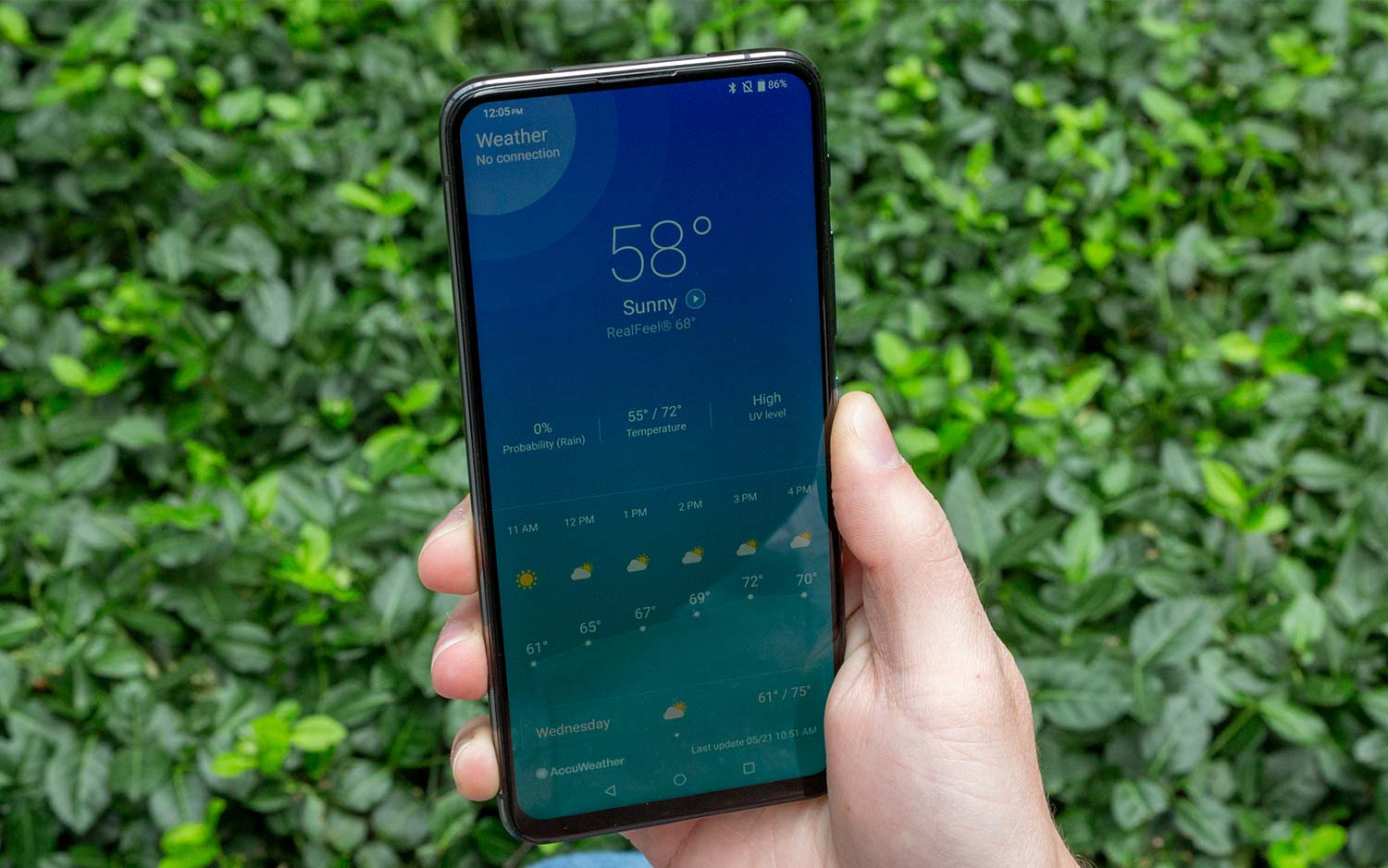
Everything looks sharp on the ZenFone's screen, thanks to the Full HD+ resolution, and bright colors are particularly appealing. Brad Pitt's bright yellow Hawaiian shirt lit up the screen in the Once Upon a Time in Hollywood trailer, The phone even captures some of the hazier colors Quentin Tarantino uses to set the scene in his story of late 60's Hollywood. That said, watching The Ballad of Buster Scruggs on Netflix, I thought the colors looked more muted on my ZenFone than they did when I watched it on my TV, though we'll chalk that up to the difference in screen sizes.
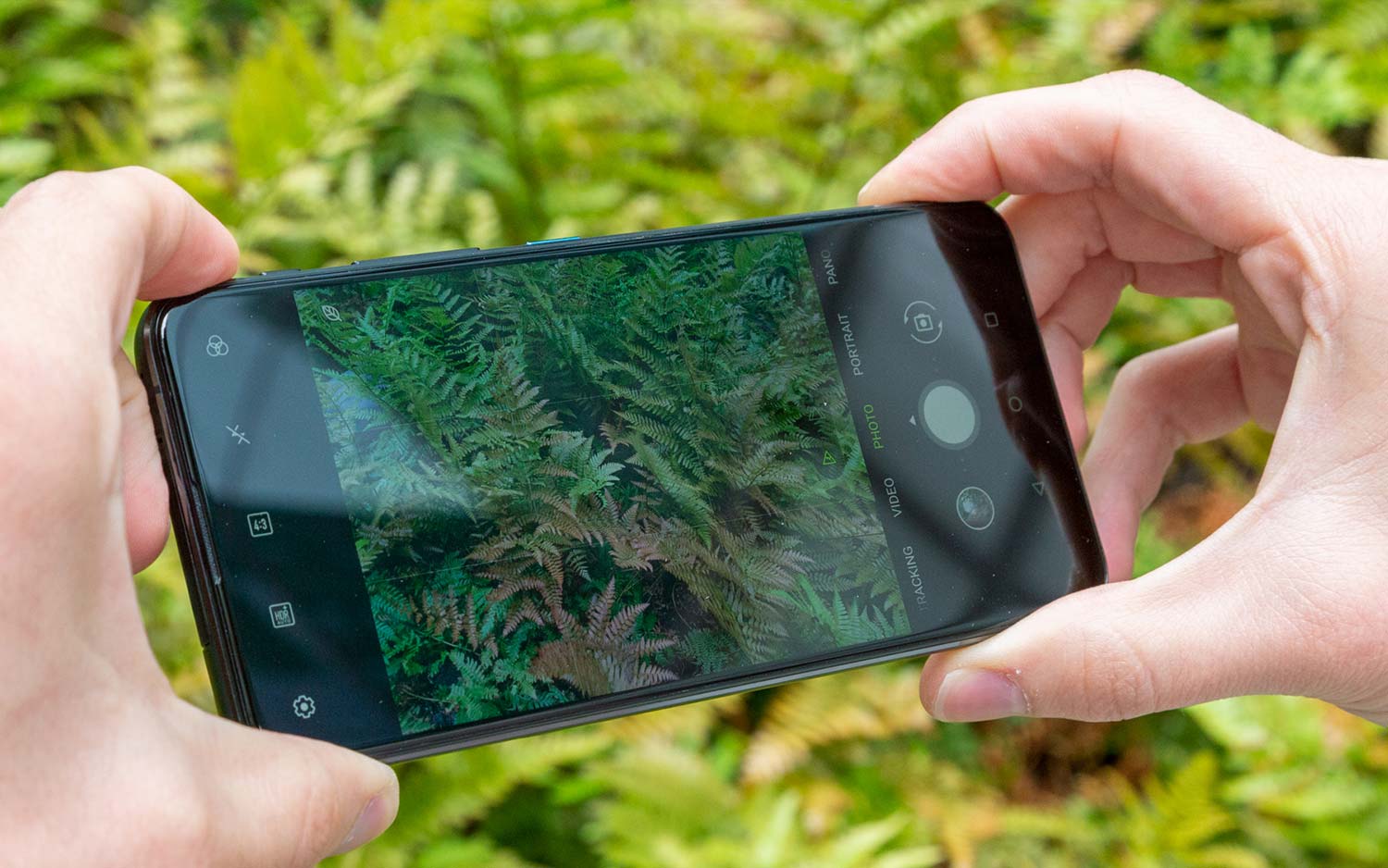
Where the ZenFone 6's display struggles is with darker colors and blacks. In the Frozen 2 trailer, Elsa's blue dress was practically lost among the shadows until I cranked the screen's brightness up past 80%. When the lighting darkened in the Tarantino trailer, I also had to strain to make out details. That's the trade-off you make with LCD panels, though, as you give up the truer blacks that OLED technology can offer.
The ZenFone 6 captures 161.3% of the sRGB color spectrum, which compares favorably to the 123.4% that the LCD-based iPhone XR re-creates. But phones closer in price to the ZenFone 6 that also happen to feature OLED panels — the Pixel 3a and the Moto Z4 — both fared better in our lab with respective results of 182% and 221%.
MORE: Best Camera Phone 2019
The colors the ZenFone 6 displays are accurate, though, with the phone getting a Delta-E rating of 0.15. That's better than the iPhone XR (0.28), the Moto Z4 (0.24) and even the Pixel 3a (0.18); numbers closer to 0 are more accurate.
At 466 nits of brightness, the ZenFone 6's screen is bright enough. The Pixel 3a, which I find much too dim, topped out at 401 nits on our light meter, while the iPhone XR blew those phones away with a 589-nit reading. I didn't have any trouble seeing the ZenFone 6's screen in bright sunlight, though cranking the display to maximum brightness helped.
Camera: Innovative design, above-average results
As unique as the ZenFone 6's Flip Camera may be, it's not going to be much of an innovation if it also doesn't deliver good-looking photos. Fortunately, the ZenFone 6 performed well in our camera testing, with its two lenses producing a number of impressive shots in various circumstances.
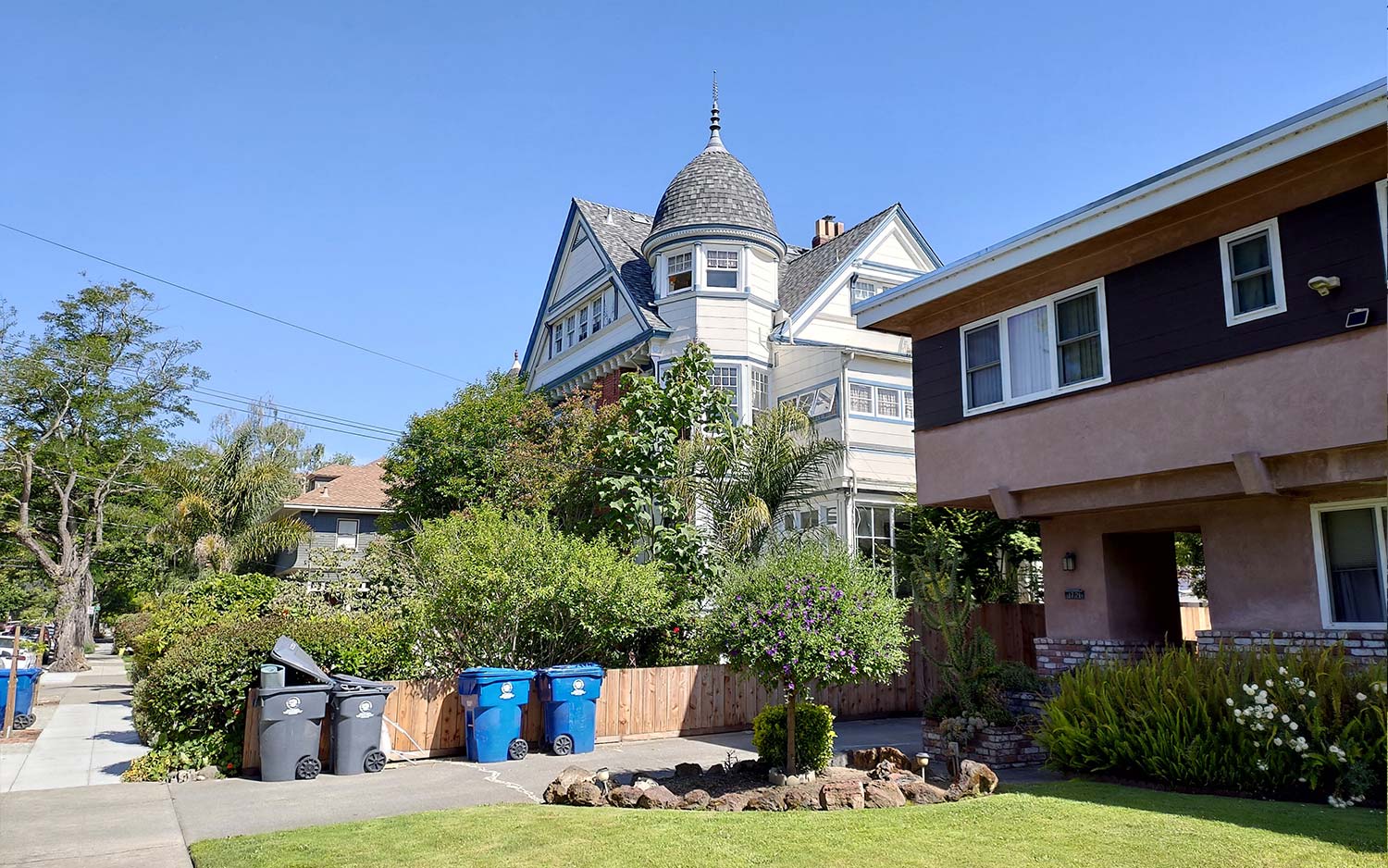
Whether the camera is tucked into the back of the ZenFone 6 or swiveled out to capture selfies, you get a 48-megapixel main lens with an f/1.79 aperture; that's augmented by a secondary 13-MP wide angle shooter when you want to pull back for more detail. In regular mode, the ZenFone 6 captured a pretty sharp picture of this Victorian-style house popping out of the bushes and standing distinctly against the bright, blue sky in the background.
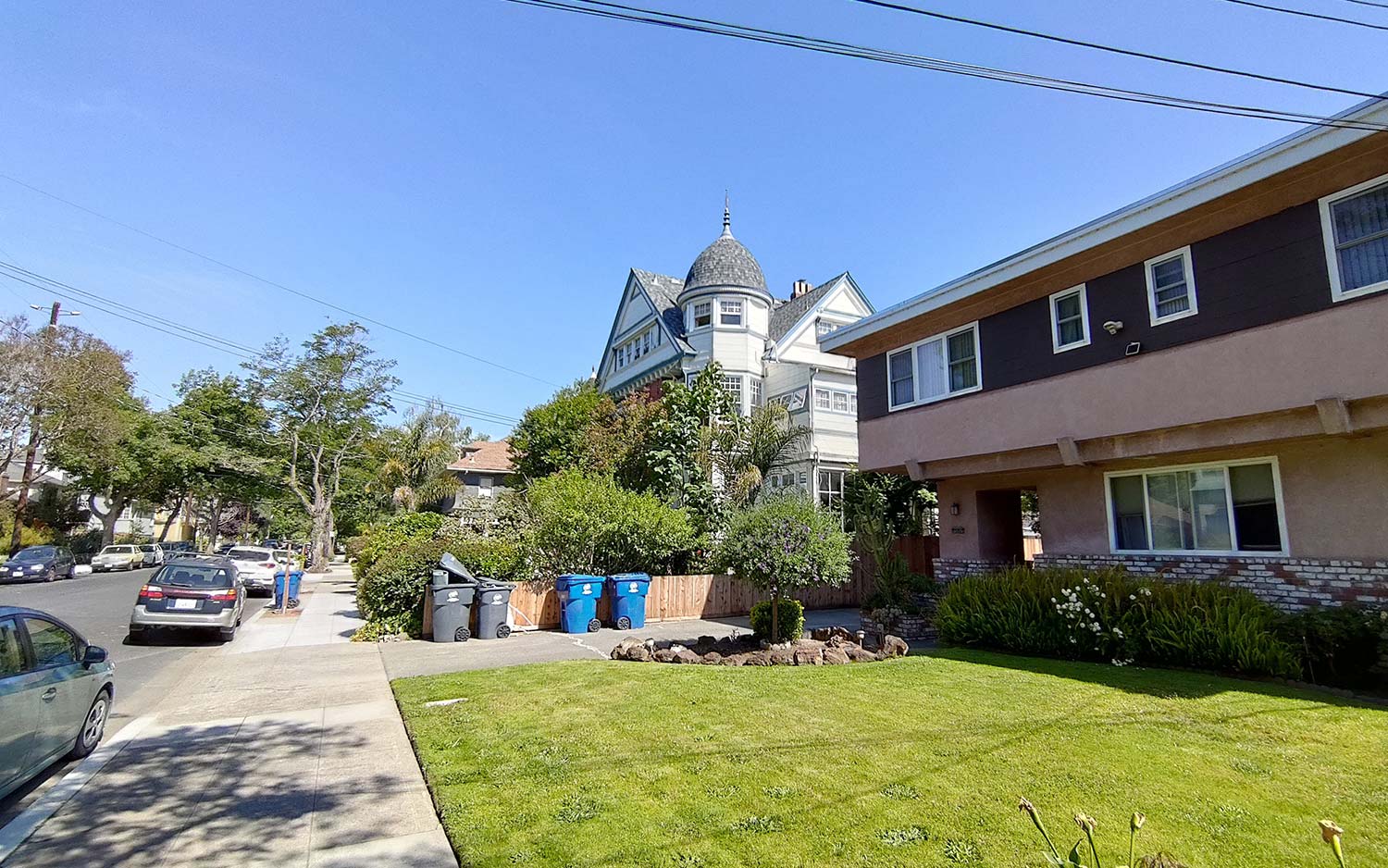
When I switched to the ZenFone 6's wide angle view — it's just a matter of tapping an icon in the phone's camera app — the camera packs in more details. In this case, we see more of the apartment in the foreground, as well as cars parked off to the side of the Victorian. The ZenFone's wide-angle feature works best in landscape shots where there are a lot of details off to the side of the foreground. The more you use the camera, the more comfortable you'll get framing the shot to make the most of that wide-angle lens.
To find out how the ZenFone 6's cameras perform against another device in its price range, I grabbed a $479 Pixel 3a XL and took shots with both phones. The 3a XL has just a single rear lens — a 12.2-MP sensor — but it benefits from Google's advances in artificial intelligence and computational photography, so it should pose quite a challenge to the ZenFone 6.
There's little separating the two phones in this shot of a pot of flowers inside my house. The Pixel's shot is a little too dark around the rim of the vase for my taste, while the stems in the ZenFone's photo stand out more. But the ZenFone let in too much light on the right side of its shot, which causes a little bit of washing out, especially on that white flower. I think the Pixel 3a's photo is more balanced, but either one would be acceptable.
Both phones also struggled with the lighting when I took a shot of my daughter on our front porch. The Pixel 3a XL responded to the bright, sunny day by darkening the photo. The color ends up more balanced throughout, but details like my daughter's blue eyes are more subdued and almost lost in the shadows. Those blue eyes are really visible in the ZenFone 6's photo, but the side of the house is overexposed, while the plants and orange tree in the background are washed out. My daughter's hair color is more accurate in the ZenFone's photo, though.
When the lights are low, both the ZenFone 6 and Pixel 3a XL offer shooting modes that produce sharper low-light pictures — Super Night on the ZenFone, Night Sight on the Pixel. Both did a credible job with this shot where my daughter's favorite stuffed animals go clubbing (the club, in this instance, being my backyard lit up with unforgiving red LED lights.)
Zoom in on the ZenFone's shot, and you'll see that the stuffies aren't as sharp as the Pixel 3a XL depicts them, and the leaves of the fig tree dipping down into the photo are in better focus in the Pixel's effort. Yet, the ZenFone has a more appealing shot, bringing out more of the color of the lights. The ZenFone 6 does a better overall job here, even if the Pixel 3a XL gets more individual details right.
Continuing our tour of challenging light situations, sunlight was streaming in from the windows behind me when my breakfast companion took these shots at a local coffee shop. The backlighting overwhelms the ZenFone 6's shot (there's even a bit of lens flare by my coffee cup), while the Pixel 3a XL compensates by turning up the darks, particularly on the right side of my face.
The real story here is how the different camera phones crop portrait shots: the ZenFone 6 likes to include more background details, while the Pixel 3a XL wants the focus on the subject's face. I think I prefer the Pixel 3a XL's approach, primarily because it does a better job with the background blur; the ZenFone 6's background looks less stylized and more out-of-focus. At least, the ZenFone's photo correctly captures the color of my shirt, which looks very grainy in the Pixel's effort.
You'd think the ZenFone would dominate all comers when it comes to selfies, since it's using the same 48-megapixel main lens that captures all the other photos you've been taken. The Pixel 3a XL, meanwhile, uses an 8-MP camera for self-portraits. Yet, the Pixel is more up to the task with a bright colorful shot that keeps everything in focus. (I do think the Pixel got a bit overaggressive in smoothing out my face.) The colors are a bit truer-to-life in the ZenFone's effort, but the lighting washes out everything, and things start to get out of focus in the right third of the shot.
Performance: The best Android processor
Like flagship phones from Samsung, LG and OnePlus, the ZenFone 6 uses a class-leading Snapdragon 855 processor. But those phones cost hundreds of dollars more — the OnePlus 7 Pro is the closest to Asus' phone in price at $669. So you should expect comparable performance to these devices at a fraction of the price.
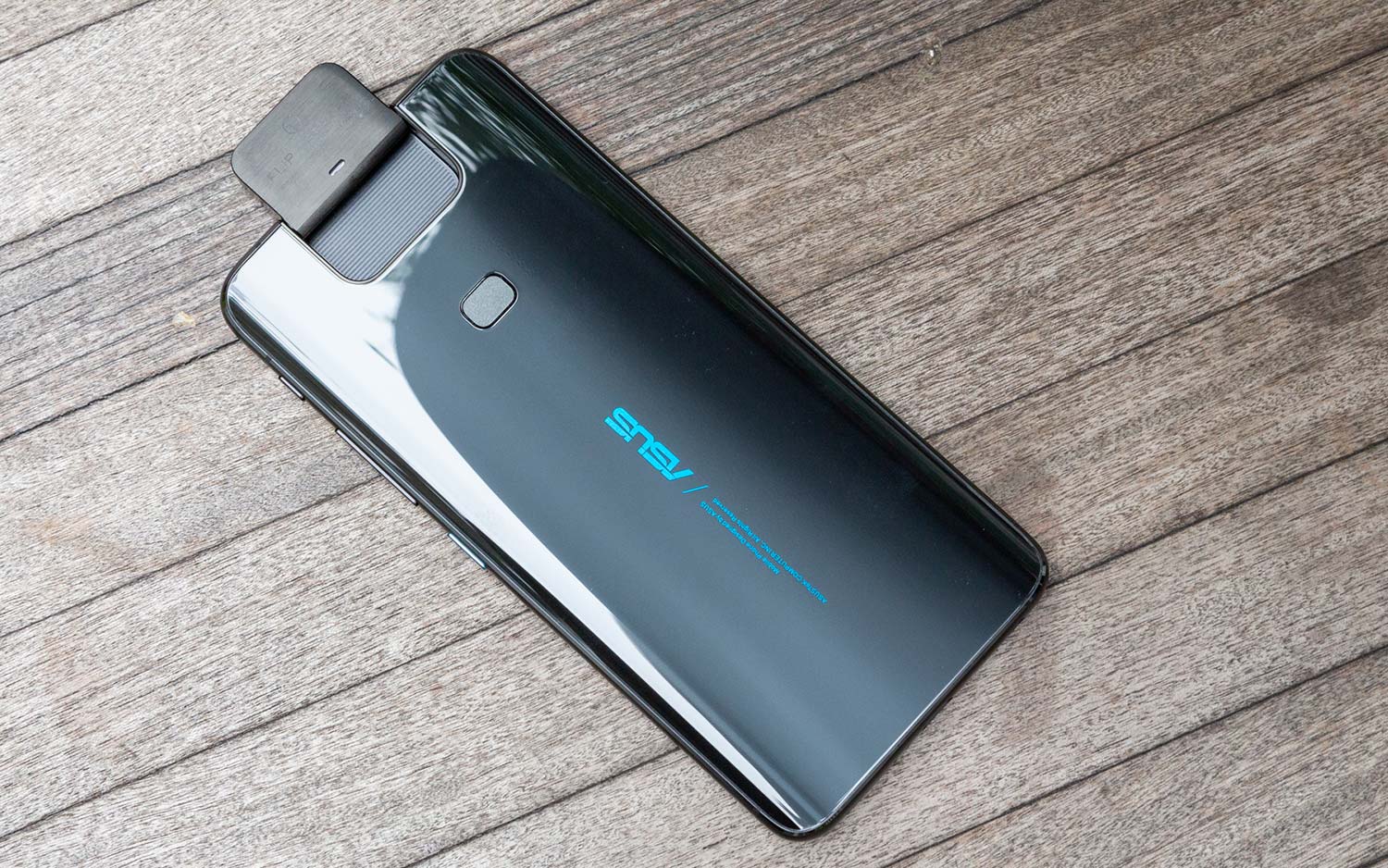
And based on my time with the ZenFone 6, that's exactly what you get. We tested the top-of-the line model that comes with 8GB of RAM and 256GB of storage. But even if you stick with the base model and its 6GB of RAM, you can expect performance in line with the big boys of the Android phone world.
On Geekbench 4, which measures overall performance, our ZenFone model scored 10,290. That's a few places behind the Galaxy S10 Plus (10,732) and LG G8 ThinQ (10,958) and a bit more behind the OnePlus 7 Pro's 11,227 result (though that latter model benefits from a hefty 12GB of memory).
The ZenFone 6's performance looks more impressive when you compare it with other sub-$500 phones that run on slower processors to save on cost. The Snapdragon 675-powered Moto Z4 costs the same as the ZenFone 6, but its Geekbench 4 result of 6,506 is well off the pace of the Asus phone. Similarly, the Pixel 3a XL and its Snapdragon 670 chipset turned in a 5,197 score. The ZenFone 6 definitely delivers more bang for the same buck.
MORE: 10 Best Android Phones
In graphics testing, the ZenFone 6 also held its own against pricier competitors. The phone turned in a score of 5,548 in 3DMark's Sling Shot Extreme OpenGL test — about what we saw from the S10 Plus (5,648) and OnePlus 7 Pro (5,581). Those numbers square with our everyday use of the ZenFone 6, which deftly handled demanding games like PUBG Mobile. I played the game at its highest graphic settings and rarely saw any stutters or hiccups — certainly nothing that affected gameplay. (The phone does get noticeably warm when you're taxing its processor, especially around the camera module.)
I could jump between apps without any hesitation on the ZenFone 6, and found the phone to be responsive to my taps and swipes. The ZenFone 6 has more than enough power to handle the things most smartphone users will throw at it, and it has enough in the tank to take on demanding apps, too.
Battery: All-day battery life and more
Asus did not skimp on battery size with the ZenFone 6, opting for a 5,000 mAh power pack. For context, the ZenFone 5Z offered a 3,300 mAh battery, which now seems both quaint and paltry.
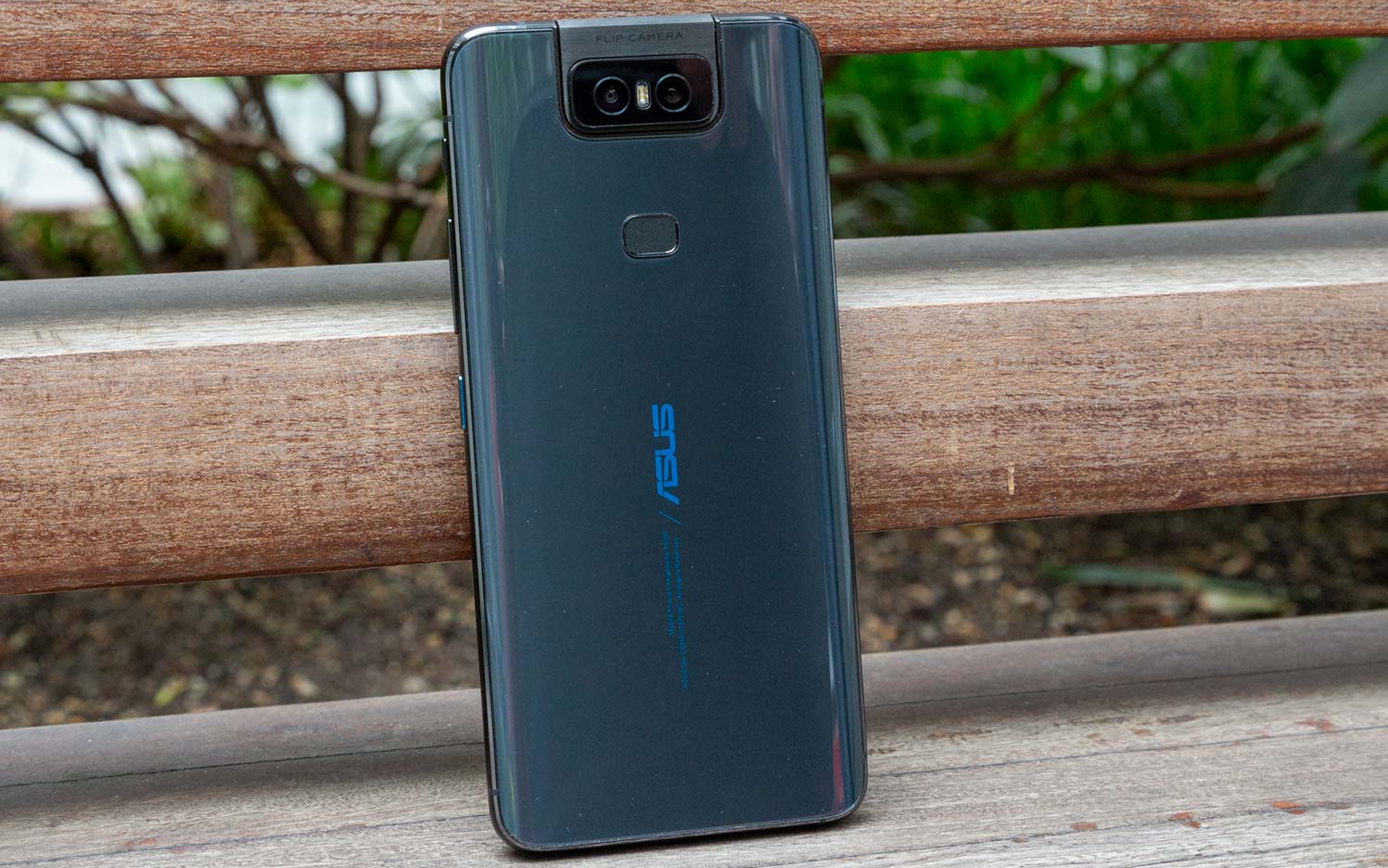
You certainly get the sense that the ZenFone 6 is not going to need to be charged that offen. One night, with the phone's battery indicator at 65%, I forgot to plug in the ZenFone 6 to charge overnight. The next morning, the indicator had trickled down to 60%. On another occasion, after a two-hour testing session that featured app downloads, gaming and watching trailers on YouTube, the battery indicator dipped from 85% to 65%, and that's after I slipped the phone in my pocket for a while without putting the screen to sleep. (I told you that Smart Key button was a nuisance.)
The ZenFone 6 also excelled at the Tom's Guide battery test, in which we have the phone continuously surf the web over T-Mobile's LTE network with the screen set to 150 nits of brightness. The ZenFone finished at 15 hours and 1 minute, a staggering result for any phone, even one with that big of a battery. This puts the ZenFone 6 on our list of phones with the longest battery life.
MORE: Best Battery App - Battery Saving Apps for iPhone, Android
Only two other phones of recent vintage topped 15 hours on our battery test — the Moto G7 Power (15:35), which also benefits from a ridiculously size 5,000 mAh battery, and the Cat S41 (15:19), an older model aimed at the contractor crowd.
A bigger battery is going to take longer to charge, but Asus speeds the process a little with support for 18-watt QuickCharge 4.0 technology. I plugged in the ZenFone 6 when its battery was all but drained — the indicator showed 1% remaining, but it was running on fumes at that point. After 15 minutes of charging, the indicator was up to 17%. Running that same experiment on the Pixel 3a XL, another phone with an 18W charger, I got the phone's battery indicator to 22% after 15 minutes, though the Pixel 3a XL's smaller 3,700 mAh battery doesn't take as much to refill.
Software: Better than previous Asus phones
The ZenUI has never been a strong suit of the Asus phone experience, but the latest iteration takes some steps in the right direction. Don't expect the pure Android experience you get from phones that take a lighter approach with tweaking Android's interface, but you'll find less bloatware and a more straightforward Settings app on the ZenFone 6.
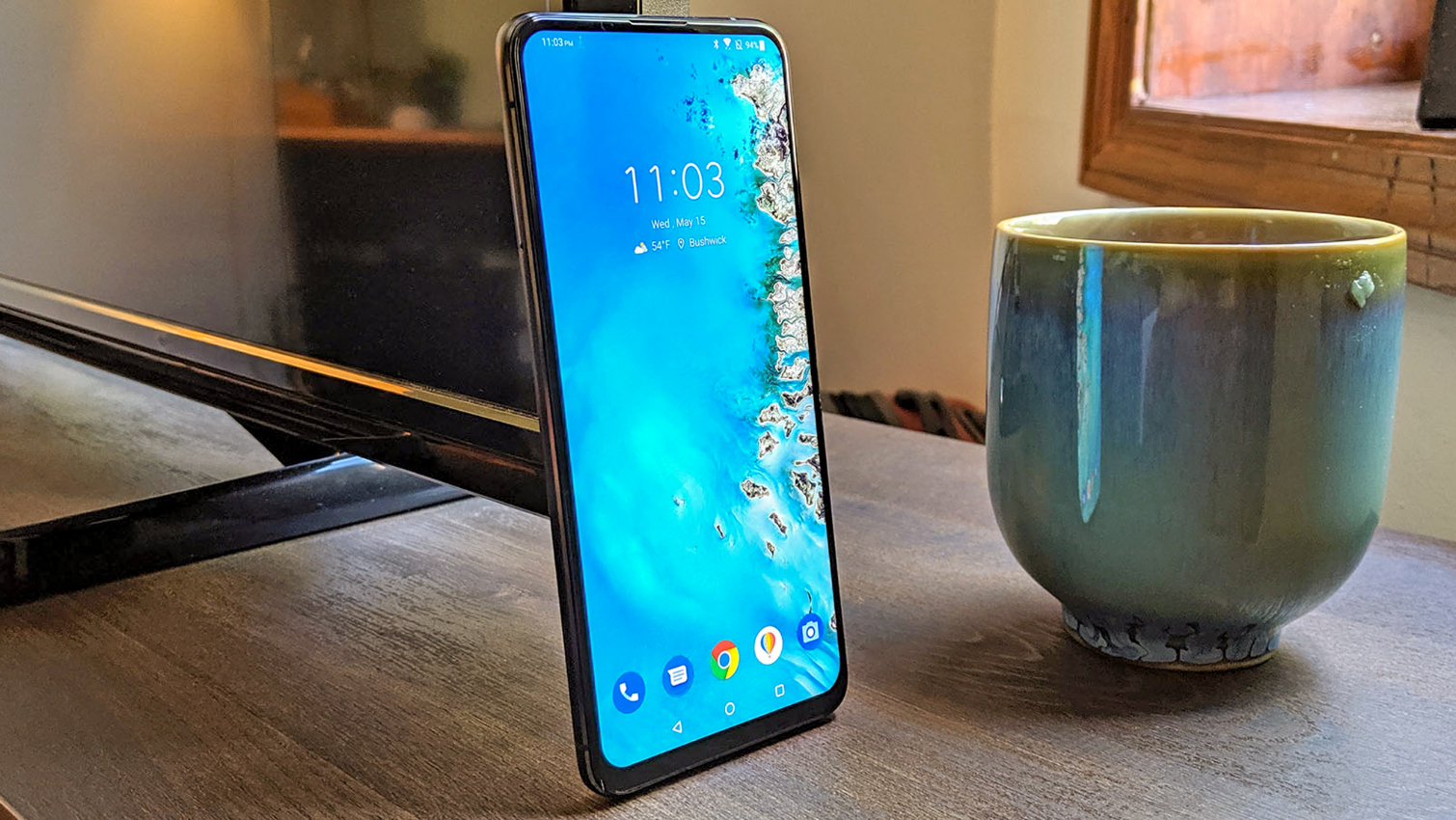
The phone ships with Android 9 Pie, and you can expect an Android Q update later. (The phone can run the Q beta right now, if you're daring.) Asus is promising an upgrade path to 2020's Android R, which is a long time to support a sub-$500 phone.
Bottom Line
The performance and battery life offered by the ZenFone 6 are enough to earn it a space on our list of best Android phones available today. Those factors would be impressive enough on their own, but when you consider you're paying a couple hundred dollars less than higher-profile Android phones but getting comparable performance and a longer-lasting device, it really reflects well on the ZenFone.
There are trade-offs for that lower price. I've seen better-looking displays, and as innovative as the camera design is on the ZenFone 6, you'll get better shots from the Pixel 3a XL. That said, the photos produced by the ZenFone 6 aren't too far off the pace set by leading camera phones, and if you don't mind waiting for that camera array to snap into place, this is a pretty solid phone to turn to for your mobile photo needs.
Credit: Tom's Guide
Philip Michaels is a Managing Editor at Tom's Guide. He's been covering personal technology since 1999 and was in the building when Steve Jobs showed off the iPhone for the first time. He's been evaluating smartphones since that first iPhone debuted in 2007, and he's been following phone carriers and smartphone plans since 2015. He has strong opinions about Apple, the Oakland Athletics, old movies and proper butchery techniques. Follow him at @PhilipMichaels.

